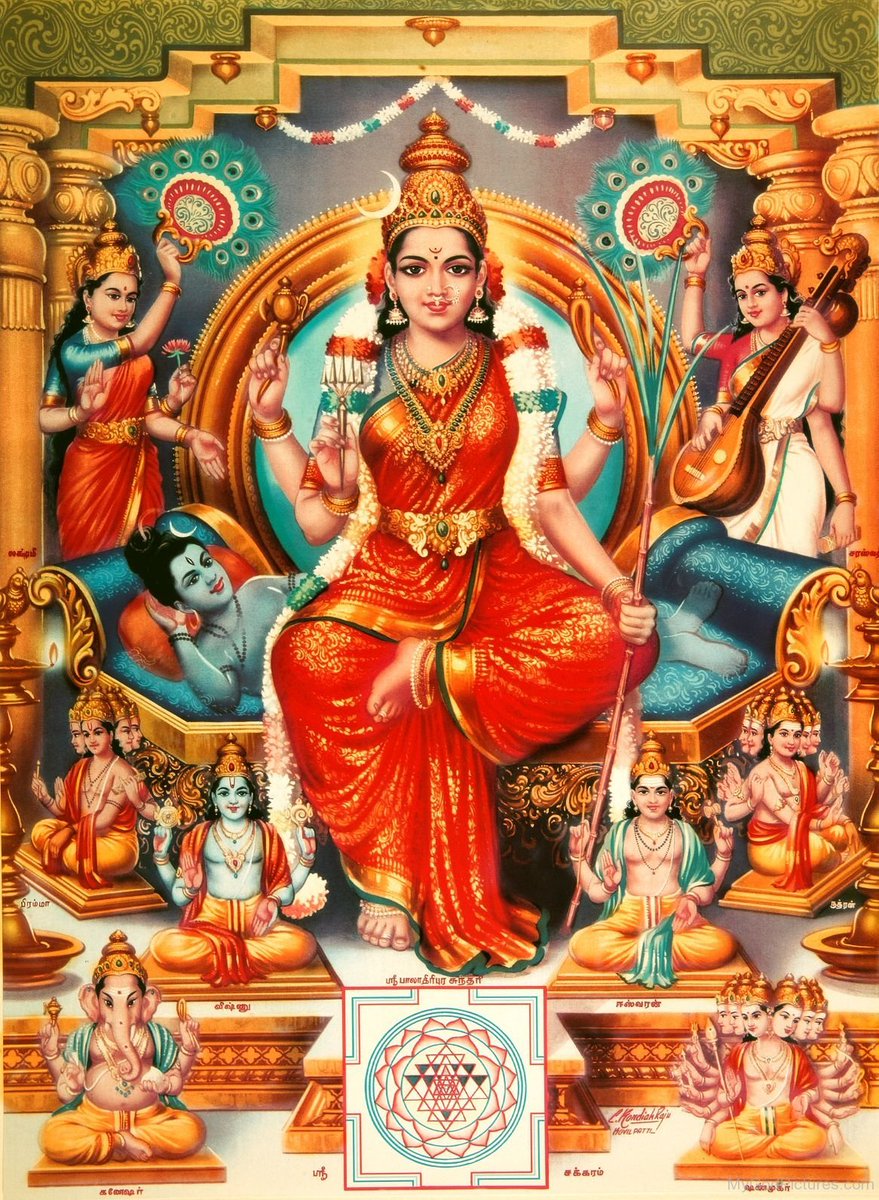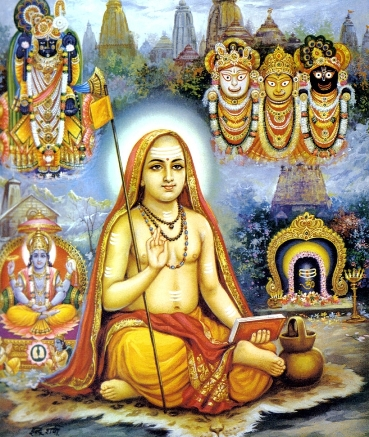
Arjuna Condition in starting of Shree Gita :
Reading and Learning Lessons of Shree Gita is one of the grand introduction to ocean of wisdom offered by philosophy of Hinduism.
For learning and living the Geeta, the Arjuna condition is the initial Sadhana. 1/7
#thread
Reading and Learning Lessons of Shree Gita is one of the grand introduction to ocean of wisdom offered by philosophy of Hinduism.
For learning and living the Geeta, the Arjuna condition is the initial Sadhana. 1/7
#thread
The First chapter is called by a self-contradicting title. It is named as the Yoga of ARJUNA'S GRIEF. If 'grief' could be Yoga, almost all of us, without a choice, are already Yogins.
These are very important commentary from Swami Chinmayananda in his book "Holy Gita"
These are very important commentary from Swami Chinmayananda in his book "Holy Gita"
He indicated that the Arjuna-condition of utter despair is the auspicious mental attitude wherein the Geeta-seeds are to be sown, and the flowers of Krishna-perfection gathered.
Be it in an individual or a society, in a community or a nation, religion and philosophy will be in demand only when the heart has come to experience the Arjuna grief.
Just as the act of cooking, by itself, is not fulfilled without the eating that follows, so also, in spite of the best that may be available in life, a sense of incompleteness is felt and a deep hunger to gain a better awareness and fuller existence in the world is experienced.
What is the situation of Arjuna in first chapter of Gita is described in the text-books of modern psychology as typical symptoms of the mental disease named 'anxiety-state-neurosis.'
The Bhagawad Geeta gives, as Swami Chinmayanadna says, an extremely efficient "Krishna-cure" for this soul-killing "Arjuna-Grief-disease."
• • •
Missing some Tweet in this thread? You can try to
force a refresh









